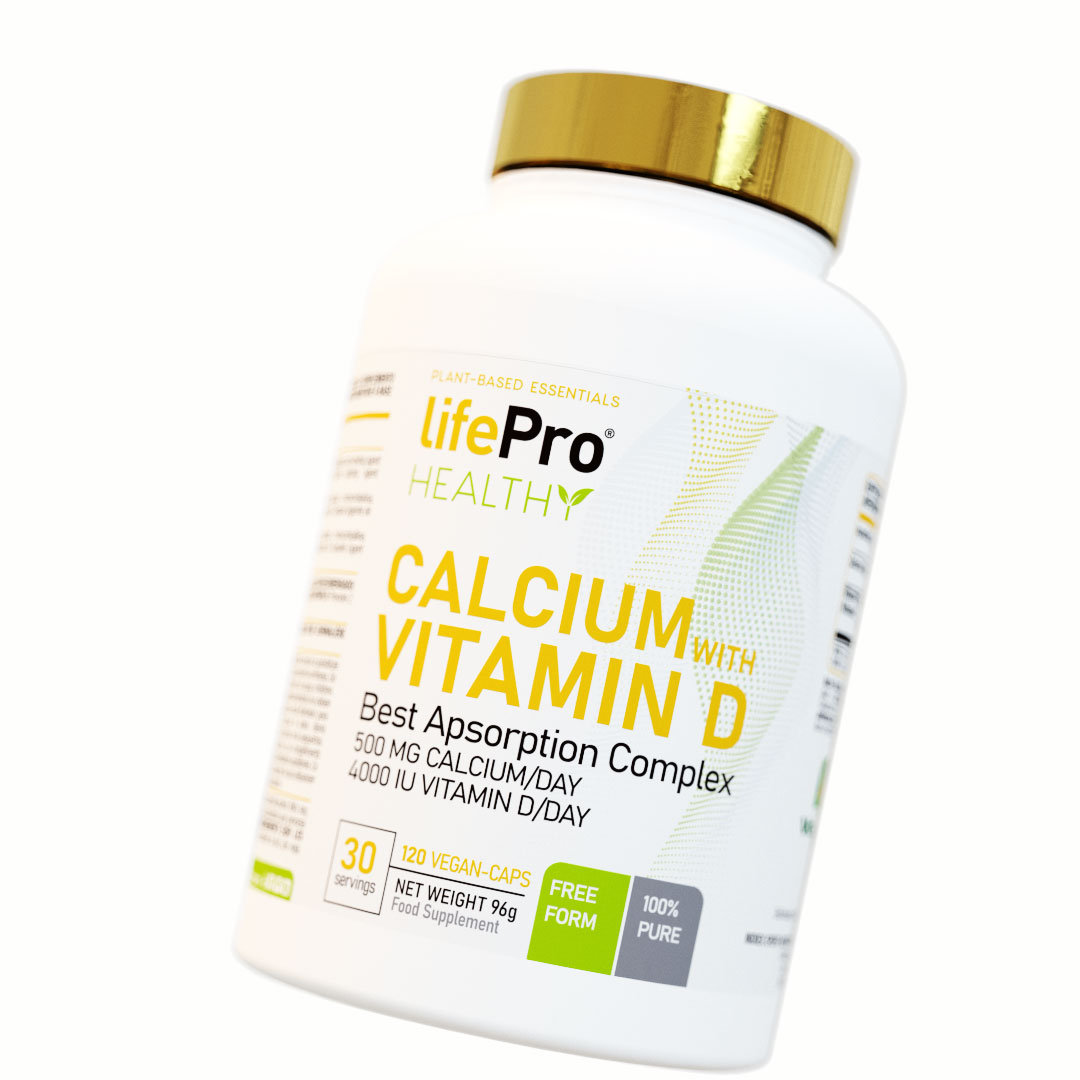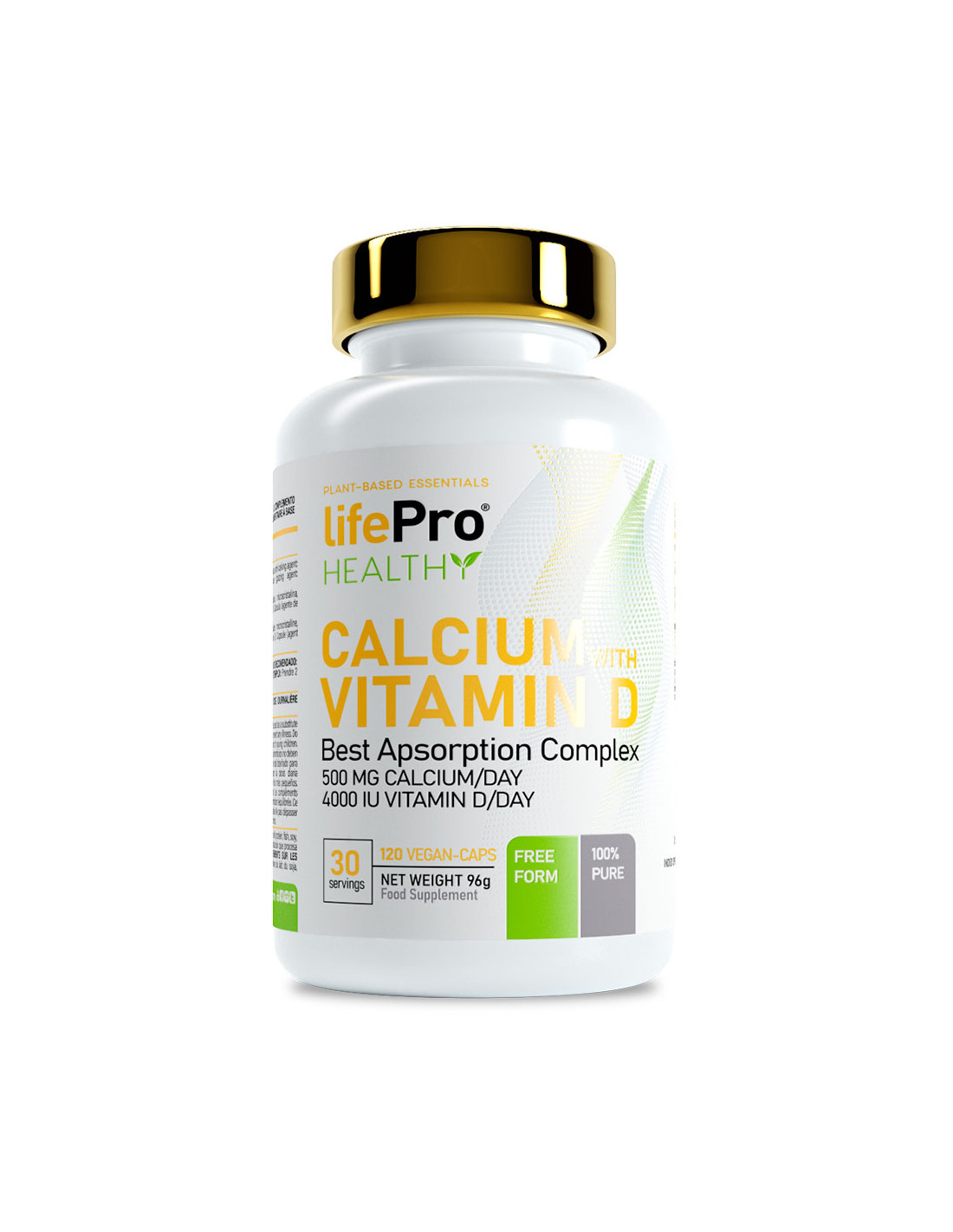
What is it used for?
Calcium is an essential mineral with fundamental functions in our organism, among which skeletal, structural and regulatory functions stand out. Therefore, it is a micronutrient that should never be deficient, since it is one of the most abundant minerals in the body, especially in the skeleton, where up to 99% of this mineral can accumulate.
On the other hand, it is essential for metabolism and the maintenance of the structure at the cellular level, in addition, it also functions as a second messenger, which implies that it is necessary for the secretion of neurotransmitters and neuromodulators by the nervous system, or for muscle contraction, among many other functions. In summary, calcium is essential for various organ systems, including the cardiovascular, bone, nervous and muscular systems.
In the case of vitamin D, this micronutrient is necessary for the correct absorption of calcium by the body. In other words, in situations of vitamin D deficiency, calcium cannot be absorbed optimally by the intestine and, therefore, the functions previously mentioned could be worsened.
Given that vitamin D is a micronutrient whose deficit is very frequent, since its main source is through the sun and it is not always possible to take it in the right conditions (due to physical condition, climate, geographical location, etc.), administering it together with calcium will guarantee that the functions of calcium are fulfilled, and will provide extra functions typical of an adequate state of vitamin D, such as well-being or improvement of the immune system.
In any case, and given that calcium can account for up to 2% of a person's body weight and, therefore, is relatively more fundamental than vitamin D, the joint intake of both micronutrients will have a very significant positive impact on bone level, in addition to all the additional benefits.

Calcium
On the other hand, the 500 mg of elemental calcium ensures a complementary dosage with the diet without altering cardioendothelial parameters, so that it becomes an ideal complement together with vitamin D.
The correct absorption of calcium and vitamin D will improve bone mineral density and reduce the risk of fractures and bone pathologies, such as osteoporosis and osteopenia and, at a metabolic level, vitamin D helps to improve insulin resistance, which reduces the risk of obesity or diabetes, as well as optimizing the functioning of the immune system and improving mood.
On the other hand, at a sports level, calcium is necessary for the muscle contraction process to take place correctly, and a deficient state of calcium in the blood, known as hypocalcemia, can cause situations of tetany.
For whom is this product recommended?
As can be seen, this product can be recommended both for athletes and for people with different health problems such as osteoporosis and even to prevent and even treat problems related to the postmenopausal stage and, also, linked to premenstrual syndrome.
In the case of women who suffer from premenstrual syndrome, it is common for a deficiency to appear, leading to a marked dysregulation that can alter different physiological conditions.
In fact, several scientific studies show an inverse correlation between the intake of calcium and vitamin D and the effects of premenstrual syndrome. Thus, during the luteal phase, an important nutritional problem could appear, aggravated by an incomplete diet.
Therefore, this product is recommended for various population groups, from athletes, people suffering from hypocalcemia (as may occur in nephropathy or hypoparathyroidism, among others), women suffering from premenstrual syndrome, people at risk of bone disease (bedridden, elderly, postmenopausal women, etc.), among others.
Benefits:
- Improved bone health and decreased risk of osteoporosis and fractures.
- Improvement of the deficiency of important nutrients in premenstrual syndrome.
- Decreased risk of premenstrual syndrome or problems related to menopause.
- Possible improvement of mood.
- Optimizes the function of the neuromuscular system, thus allowing the correct production of muscle contraction.
What dosage to take?
The correct dosage is 2 capsules at 2 different times of the day, in order to consume a total of 4 final capsules.

























